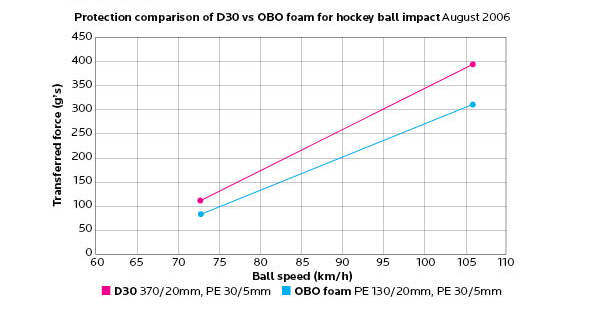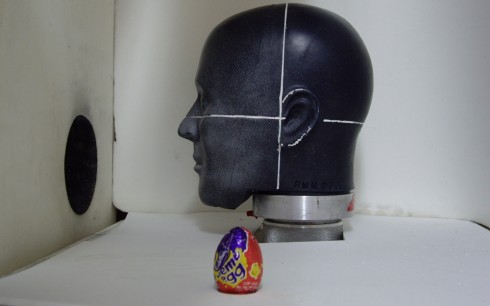What use would Kiwi sports equipment manufacturer OBO have for high-speed cameras, capable of capturing 2,000 frames per second? The answer to that question isn’t that obvious, but damn cool. Read more about OBO and Nightside Test Design’s clever use of high-tech gear for designing their products.
When you’re in the business of creating safety equipment but have no safe way to test it, what do you do? If you’re Kiwi sports equipment manufacturer OBO, you team up with test engineers Nightside Test Design to create an award-winning specialist electronics and software system.
“Before now, we really had to test the equipment using an ‘Ouch!’ factor,” says OBO test engineer Reuben Parr.
The two New Zealand companies worked together to develop a cannon that can replicate a hockey puck flying at full speed, and combined it with motion sensors, a camera and a data-capture system.
“Essentially what we’ve done is recreated an airbag test for a car in a laboratory environment for less money,” says Nightside managing director Peter Brown (above). “What that’s done is lowered the cost of access for video analysis for smaller companies like OBO.”
The system allows OBO to test and analyse its own products, as well as test competitors’ products and analyse their strengths and weaknesses.
“The unique thing is you can get high-speed video data from the sensors and then see what is happening through 2,000 frames per second,” says Parr. He is just one of the designers now toiling away on the prototype of a new field hockey short-corner helmet, utilising the test results. “You can see the shock waves acting on the design of the helmet.”
Below: The OBO/Nightside high-speed image and data-capture facility allows product designers at OBO to analyse forces acting on protective hockey gear and design according to what they can see is happening, rather than the results after impact
He’s staying mum on the finer details of the helmet, which will be released early in 2009, but it will be lighter and stronger with good visibility and ventilation. “This knowledge has really allowed us to hit a sweet spot with our design, and know what the outcomes will be,” says Parr.
Since working with OBO, the Nightside testing unit has been recognised at the Australasian 2008 EDN Innovation Awards, winning the top prize in the Best Application of Test or Data Acquisition Equipment category.

Via Idealog


